We are currently at Kite v1. We have built various prototypes with Kite v1 - many custom smartphones, an in-car prototype, and even made an Android desktop with HDMI output!
We tried to raise funds for, an improved version, Kite v2, on KICKSTARTER.
The crowdfunding attempt wasn't successful. We are trying to figure out the best way to create the Kite v2.
Basically, Kite v2 will be an improved design with a powerful new core board - KiteBoard v2 - based on Snapdragon 450. KiteBoard v2 will be open hardware (unlike KiteBoard). The crowdfunding campaign closes on May 27tth.
Kite's design is reasonably well documented in this post. The design & key ideas behind Kite v2 are available in this post.
Some of the capabilites of Kite v1 are explained in this video:
A few detailed posts serve to reasonably document what it takes to build some of the prototypes:
- Building Poorna - minimalistic KitePhone
- Minchu - your smartphone that also doubles up as your name badge
- Using HDMI with KitePhone, program an arduino & more
- PianoPhone - with LOUD music
Kite consists of:
- KiteBoard
- 5" 720p bright display module, with integrated 5 point capacitive touch screen
- 8 MP Autofocus Camera
- An expansion board that plugs into the KiteBoard and exposes
- a Raspberry Pi compatible 40 pin HAT connector
- Audio interfaces - Mono Speaker, Mic, Earpiece & signals required for stereo 3.5 mm audio socket
- Common buttons - power, volume up and down
- Antennas for 4G, WiFi/BT, and GPS
- Vibrator, Speaker, Mic, Earpiece & 3.5 mm audio socket (Standard audio components of a smartphone)
- Pogo pins for battery connection
- Switches for Power, Volume up and down
- Flex cables for display & camera
- 3D printable designs for complete smartphones that use the components in the kit
- A complete Android implementation, including the Linux kernel. Also includes examples of integrating external electronics.
The complete kit is pictured below, except for the 3D printed parts:
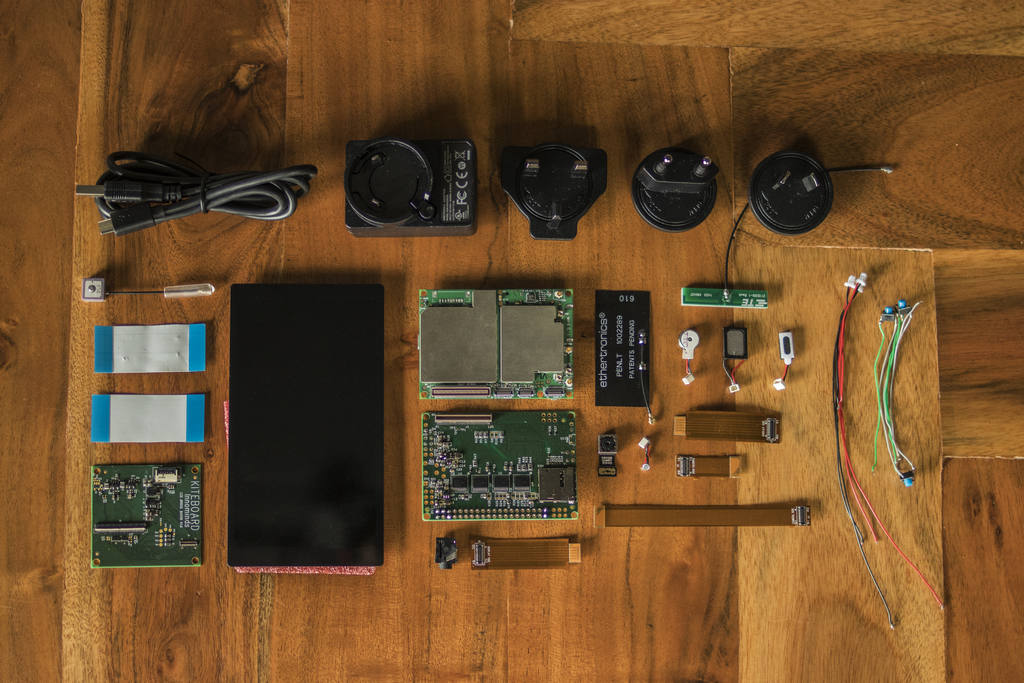
KiteBoard (http://www.kiteboard.io/) is a compact, low power, single board computer that integrates complete connectivity (4G, WiFI/BT), GPS, sensors, powerful Qualcomm Snapdragon processor with excellent processing & multimedia features. KiteBoard is highly extendable - it has separate connectors for all important interfaces. Kite complements KiteBoard with important components, resulting in a complete smartphone design that is highly customizable.
Kite empowers makers to build their own phones that are customized to meet their exact needs. Various types of customization are possible (be sure to look at the gallery & video):
- Raspberry Pi HAT compatibility makes it possible to make a device that include useful HATs and pHATs.
- Common sensors that use I2C/SPI/UART can be added to your device.
- Buttons & LEDs can be included and placed exactly where required.
- Common Li-Ion and Li-Polymer batteries can be used as the power source. These can be charged in the device.
- You may also use an antenna of your choice for 4G, WiFi/BT and GPS. KiteBoard has IPX connectors for each type of antenna, allowing you to use a wide variety of off-the-shelf antennas. You can also use IPX to SMA connectors to allow usage of external antennas!
- The 3D printable case designs can can be customized easily to integrate additional electronics. Common things like LEDs, buttons, sensors, displays, batteries, antennas can be included with reasonable effort. Put your 3D printer to good use! Want to make a phone that is...
 Shree Kumar
Shree Kumar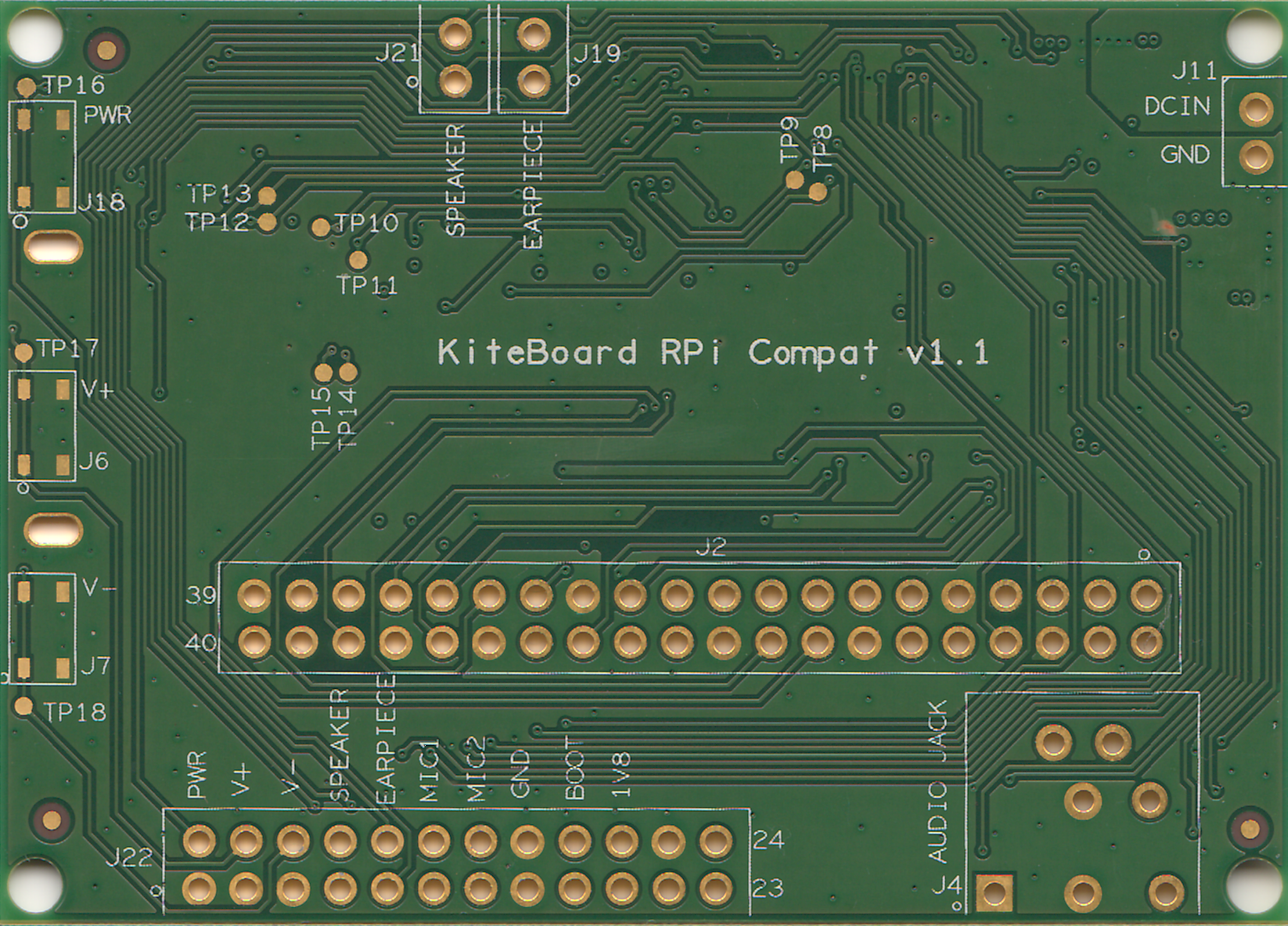
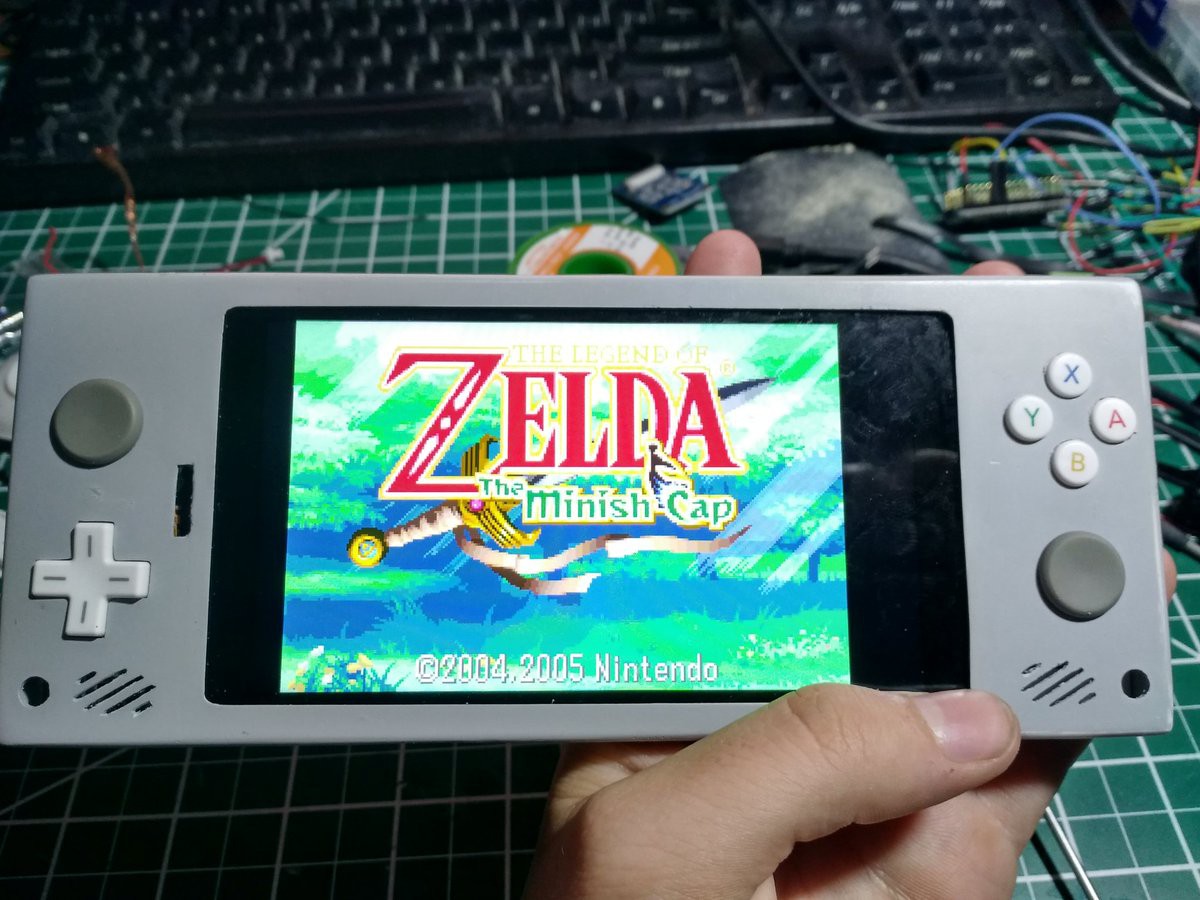
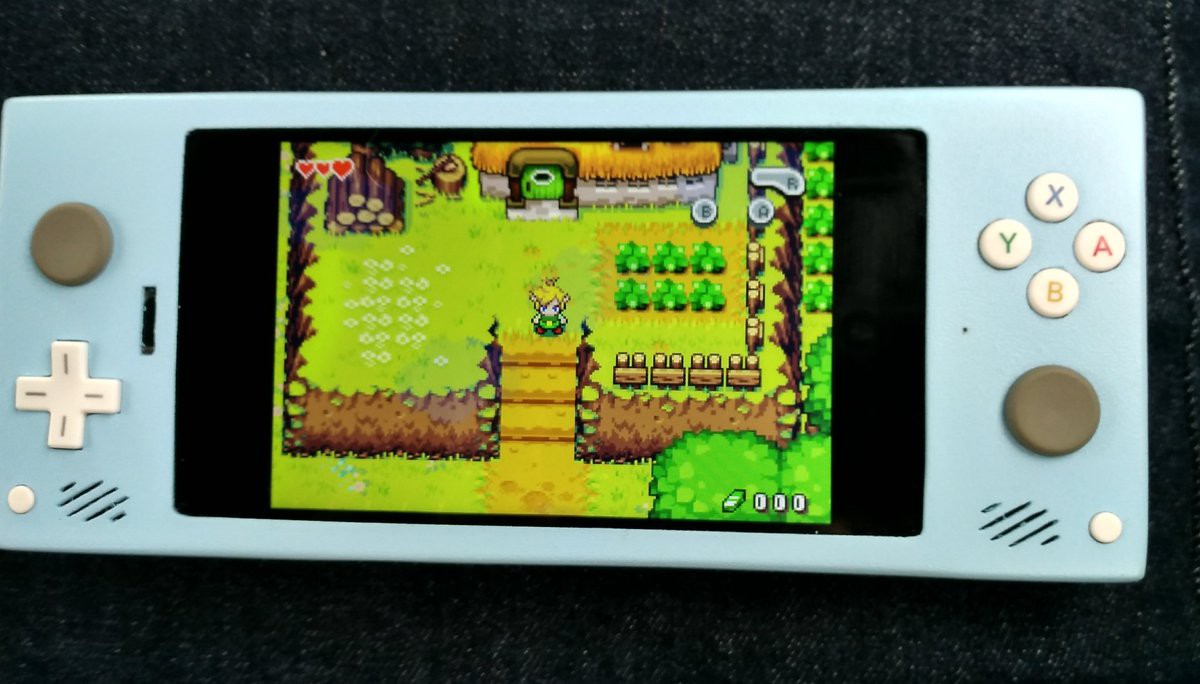
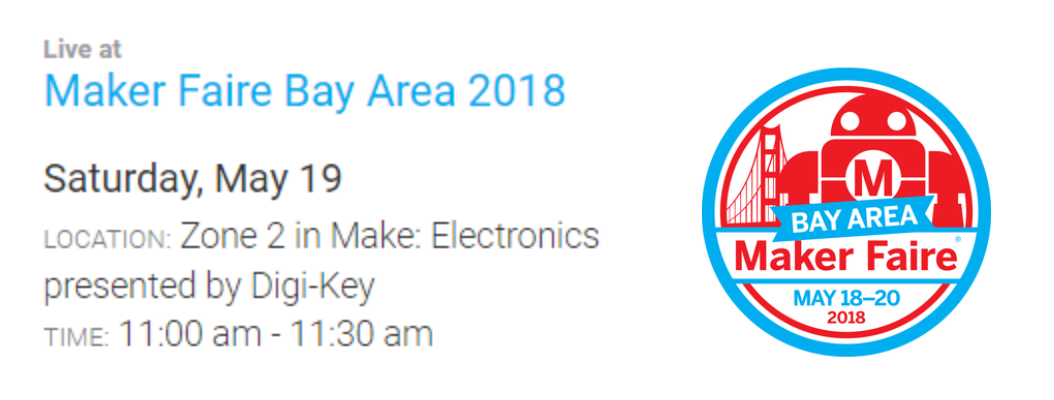
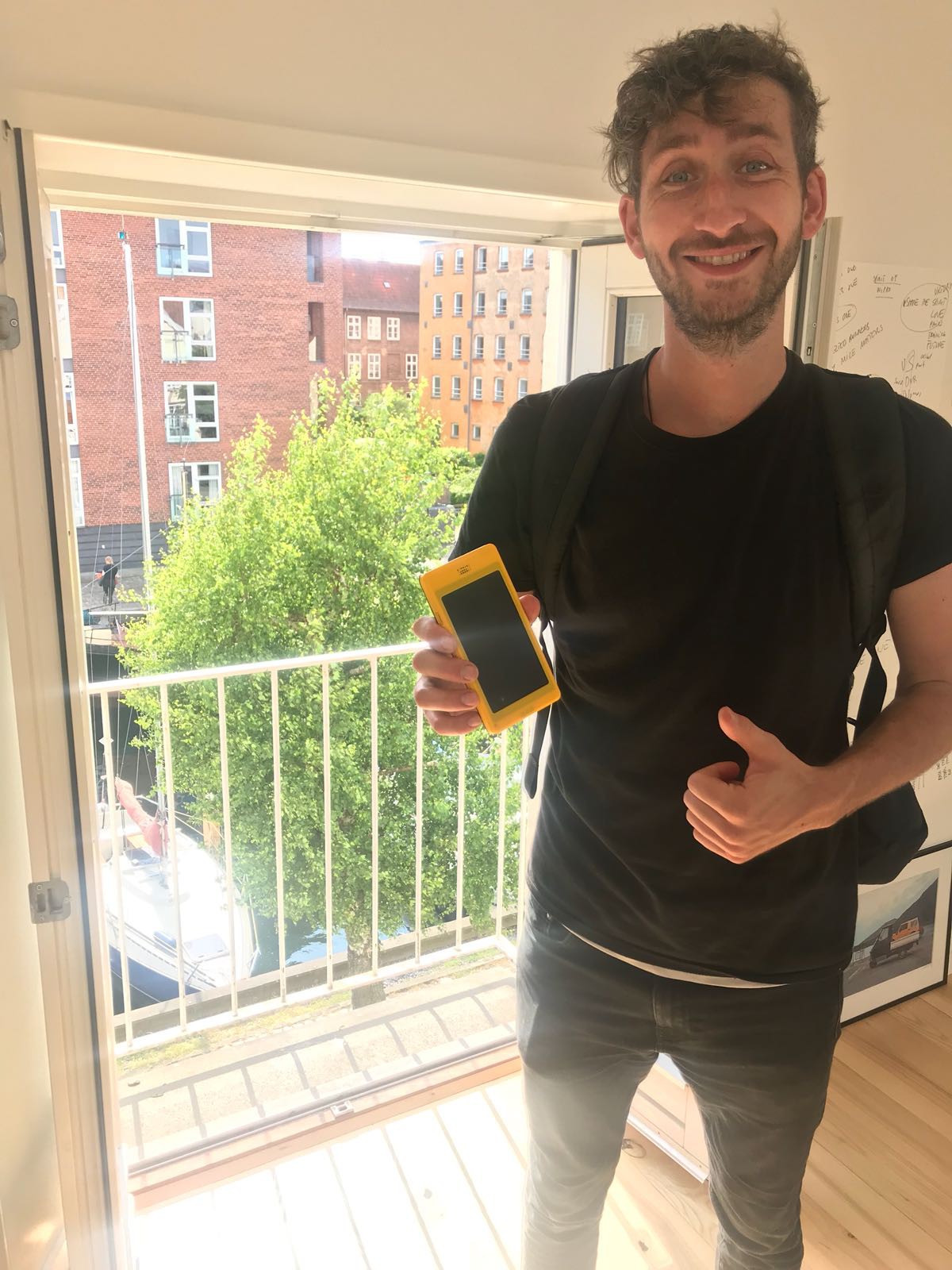

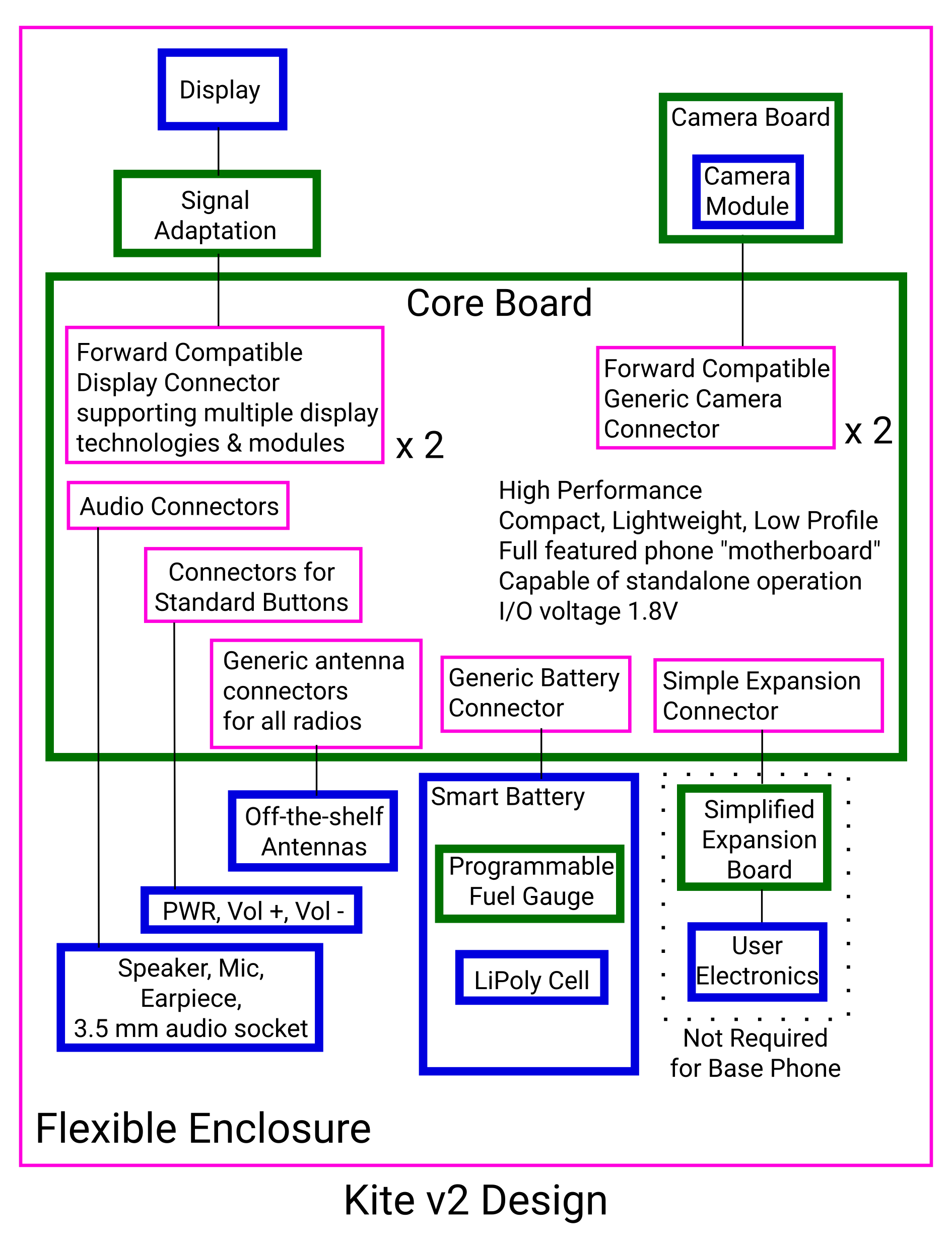

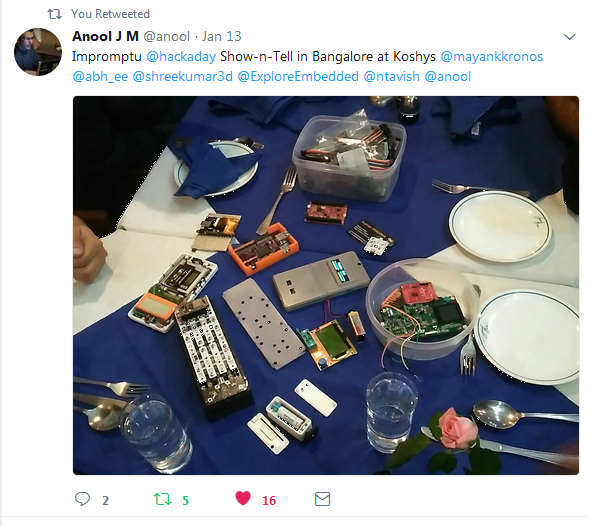
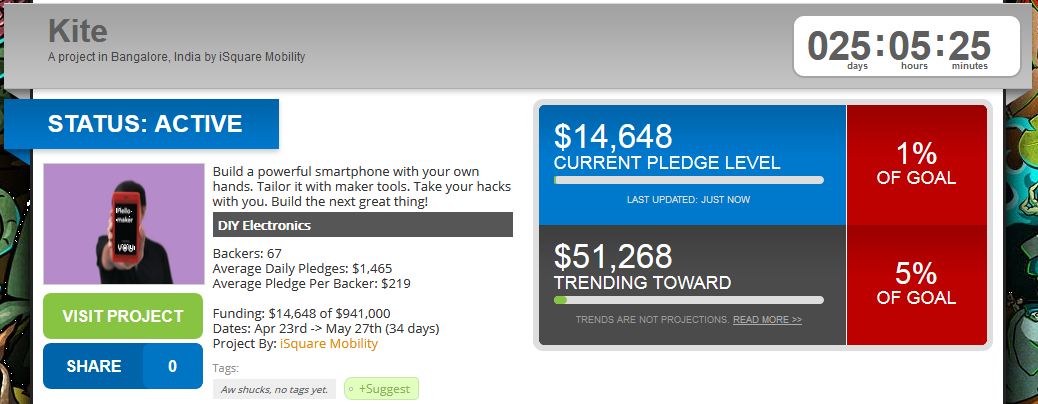
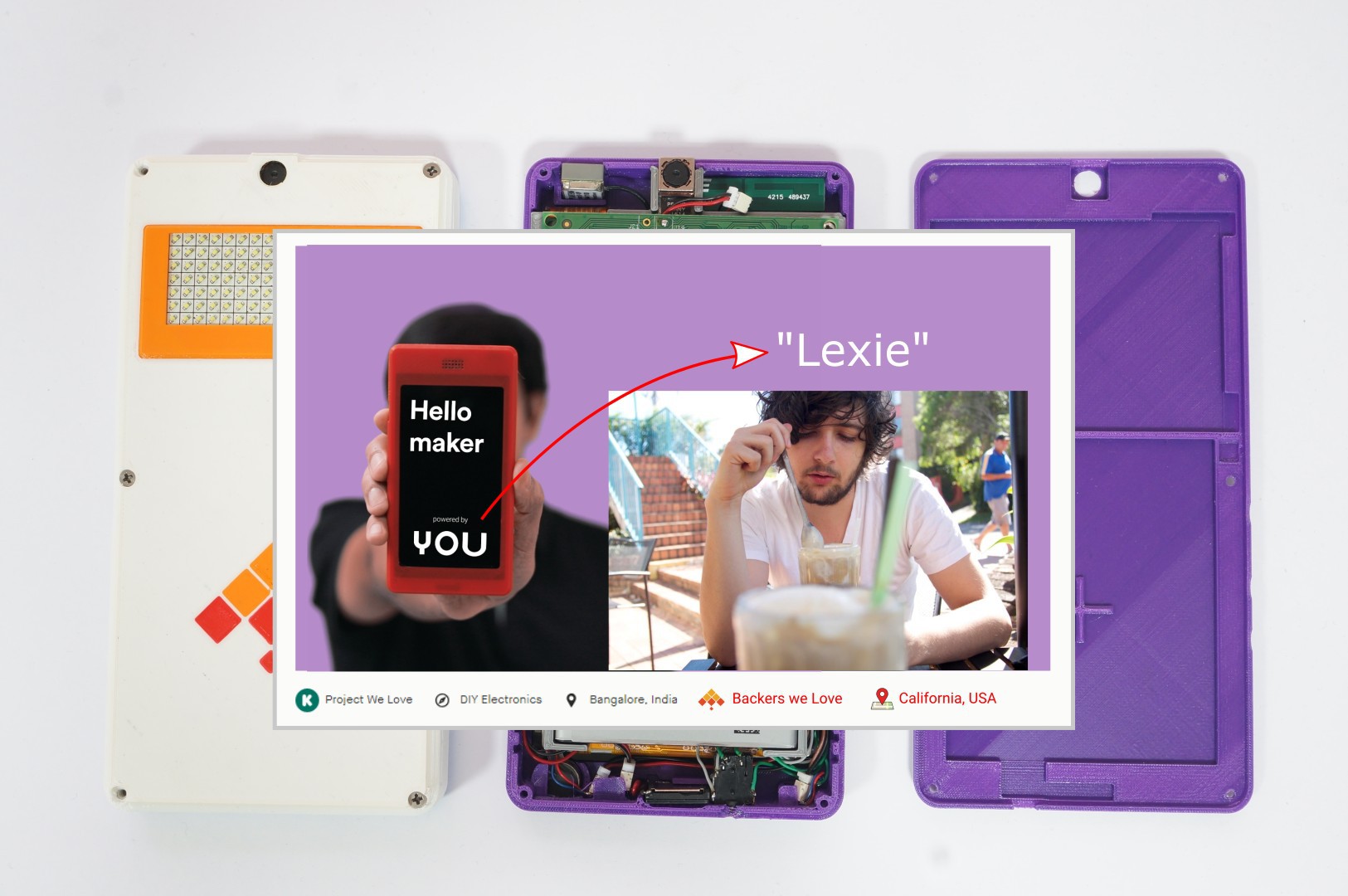

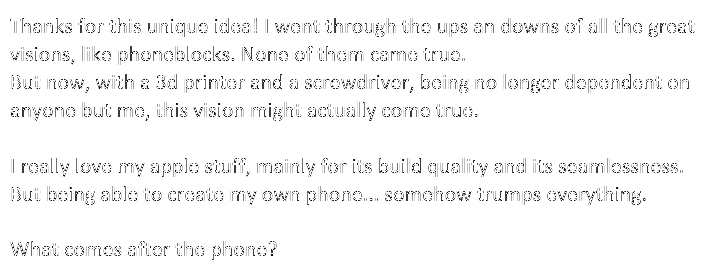
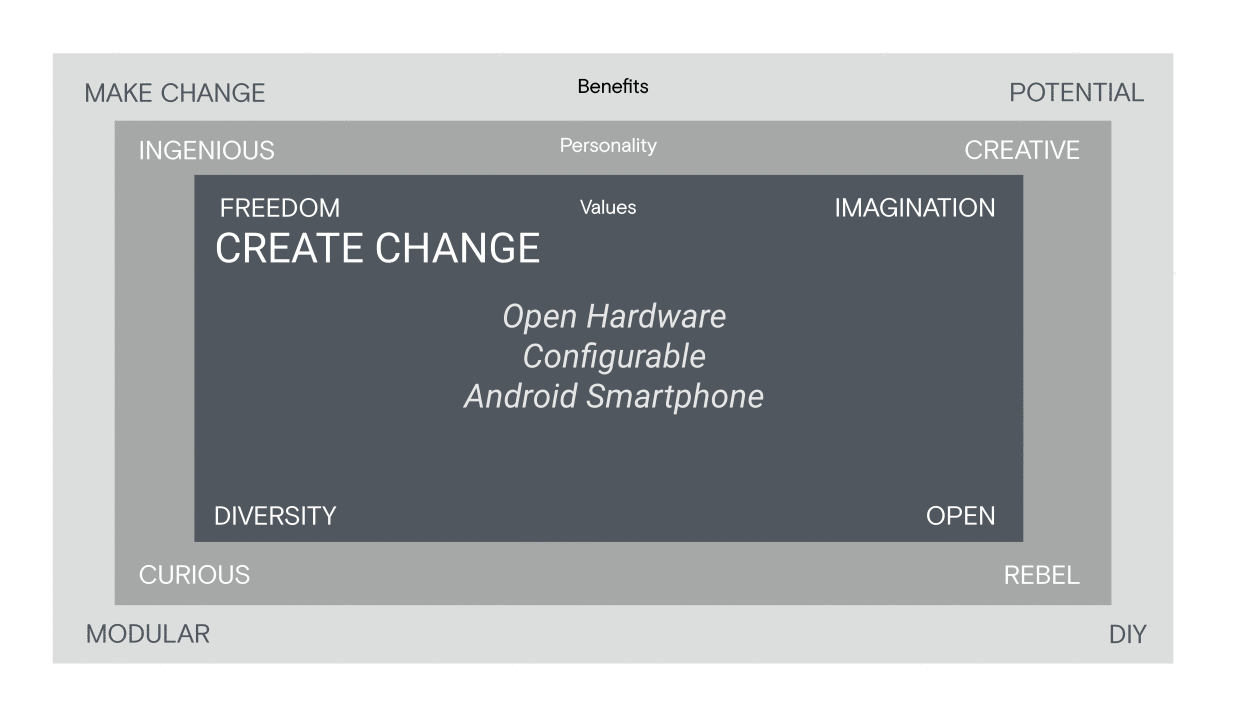
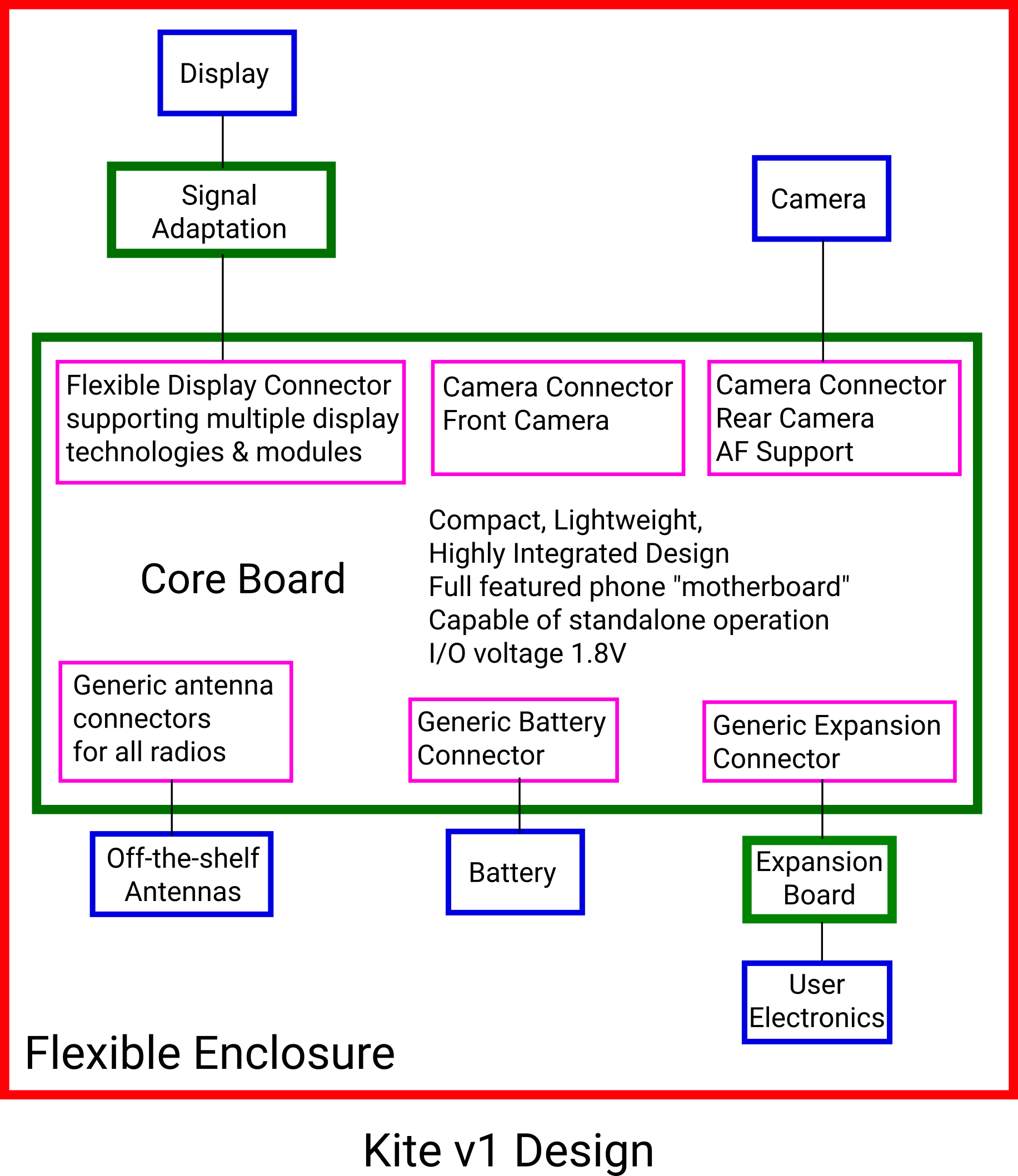













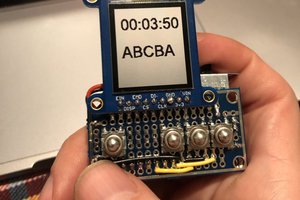
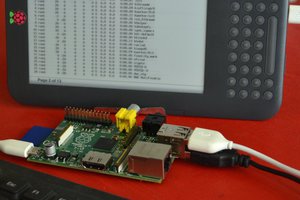
 j0z0r pwn4tr0n
j0z0r pwn4tr0n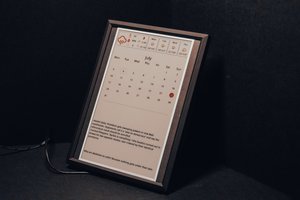
 Ace
Ace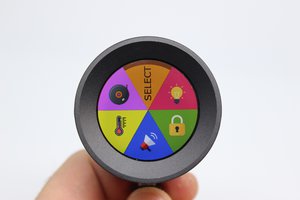
 Dimitar
Dimitar
I want to retrofit a modern Android board into an old PDA, kind of like how people fit MiniITX boards into '80s era desktop computers. I've been looking for something like this project for a long time, but not very actively, so looks like I missed the kickstarter by a year and a half. (I'd also need a 60x75mm screen which is a separate problem) What are the options for a project like this? Could the v2 be produced at smaller volumes for a higher price? Could you take an existing popular phone motherboard and just produce adapter boards and documentation?